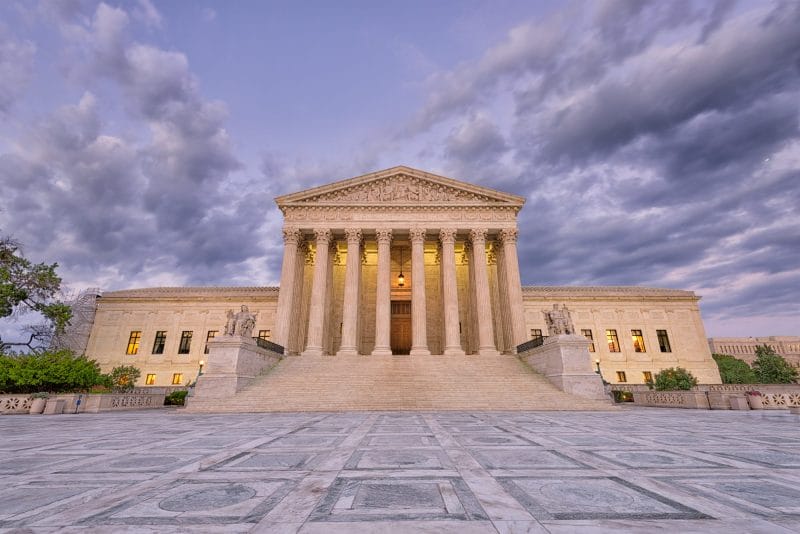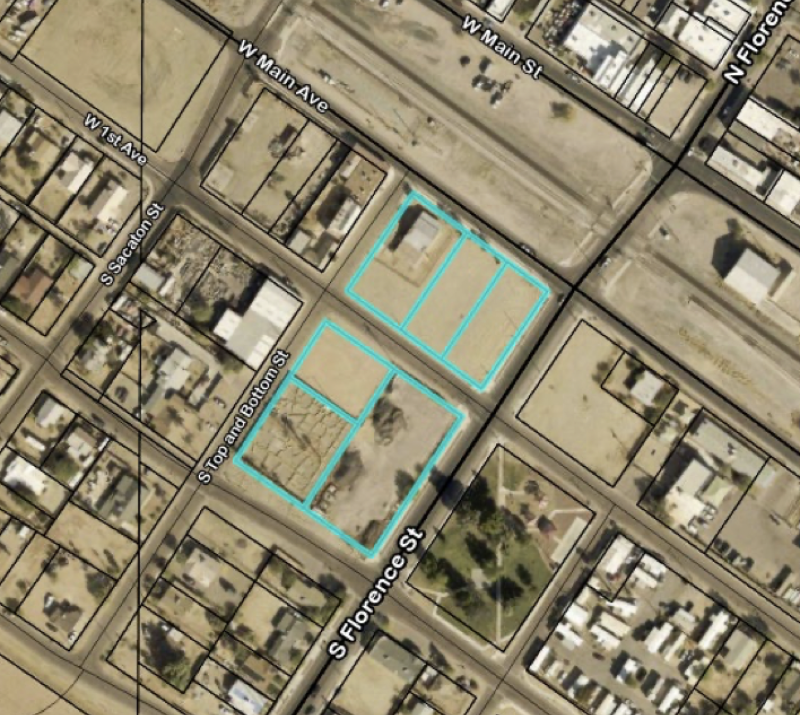 By Adam DeRose | Cronkite News
By Adam DeRose | Cronkite News
President Barack Obama could cement his environmental legacy by taking executive action to designate nearly 4 million acres of Western land as national monuments before leaving office next month.
And it may be one legacy of the Obama administration that incoming President Donald Trump will have a hard time unraveling after he takes office.
But whether Obama goes that route is still up in the air. Arizona Sens. John McCain and Jeff Flake said Monday that “credible sources” within the agencies considering the designation found “significant unresolved issues that prevent their recommending the designation of a new national monument” around the Grand Canyon.
At issue is a call by environmentalists for Obama to use the authority granted by the Antiquities Act to protect areas around the Grand Canyon in Arizona, the Bears Ears site in Utah and Gold Butte in Nevada.
The act gives the president authority to unilaterally designate national monuments, but there is nothing in the law about reversing a designation – and no precedent for Trump to undo a previous president’s designations.
“No president has done that in the past,” said Holly Fretwell, an environmental economics expert. “I think that would be a real black mark if a president tried that.”
But critics have warned Obama, who has already used the act to designate 24 national monuments, against pushing through more of them “outside the public legislative process” on his way out of office.
In their letter to Obama Monday, McCain and Flake insisted that no action should be taken “without robust consultation with all the affected stakeholders.”
Meanwhile, conservation groups are continuing “to encourage the president to make those designations,” said Aaron Weiss of the Center for Western Priorities.
“We believe and hope that all three of them are still a possibility before President Obama leaves office,” Weiss said last week.
The center was among a number of environmental groups joining Democratic lawmakers – including Arizona Reps. Raul Grijalva of Tucson, Ruben Gallego of Phoenix and Ann Kirkpatrick of Flagstaff – to lobby the president for the designations.
More than 80 percent of Americans back plans to protect the greater Grand Canyon area by making the 1.7-million-acre area a national monument, according to a survey that supporters published in September. A bill introduced by Grijalva last year to create the monument stalled in Congress.
“This is what the public wants,” Grijalva said when the poll was released. “It was bipartisan, a conservative and a liberal polling firm, Democrat and Republican. I don’t know how you question that.”
That survey mirrored an earlier poll, commissioned by monument supporters, that said about 80 percent of Arizona voters backed the proposal.
But Rep. Paul Gosar, R-Prescott, said he has a poll that shows more than 70 percent of Arizona voters who were surveyed opposed it. Gosar has been a prominent critic of the designation and the president’s use of the Antiquities Act, which he calls an unnecessary federal “power grab.”
“They don’t know the facts. They try to not give you the facts,” Gosar said, referring to advocacy groups backing the designation. Once the implications are explained, he said people do not support the move.
“What ends up happening is these groups are a hostile set of groups and they actually put this initiative out,” Gosar said.
He and other Republicans say states should have a say in how these lands and resources are managed. Gosar led a group of 30 Republicans who tried to get budget language earlier this year to rein in use of the Antiquities Act.
In Utah, where groups including the Navajo Nation are calling for a national monument designation for 1.9 million acres around Bears Ears, state Republicans on the local and federal level are backing a proposal for a “locally driven process” to determine the future of the area.
The Bears Ears Inter-Tribal Coalition is pushing Obama to protect the land for its cultural and historical importance to native people. The area was the birthplace of historic Navajo Chief Manuelito, and many Native Americans use the land to collect firewood and herbal remedies, they say.
But Republicans argue that their Utah Public Lands Initiative is a better way to preserve those areas while protecting the interests of local residents by dividing it for recreation, development and areas reserved for tribes.
The proposal was developed by Rep. Rob Bishop, R-Utah, and chairman of the House Natural Resources Committee. It came after “1,200 meetings” with Utah residents “to put together a bipartisan bill that allows conservation and economic development to coexist,” said a spokeswoman for the committee.
It’s the sort of approach championed by Fretwell, a research fellow with the Property and Environment Research Center, a think tank supporting improved environmental quality through property rights
“We would want more local control by the local individuals,” said Fretwell, of the three parcels the president is being pushed to protect.
Those individuals “right there on the ground” would realize the benefits and assume the risks, she said.
“We need to think very carefully of what we want from these lands before we transfer them,” Fretwell said, adding that the designations would restrict economic development and recreation affecting locals near the sites.
“It’s so important for people to be thinking about how much lands we want to set aside,” she said. “Or is there something else as we do with it?”







